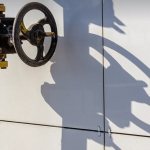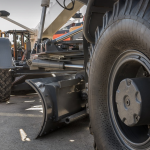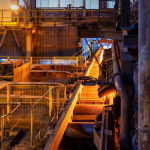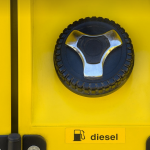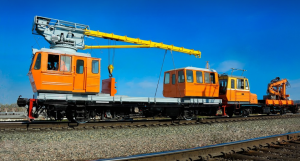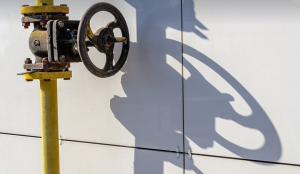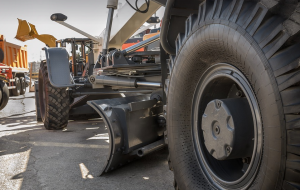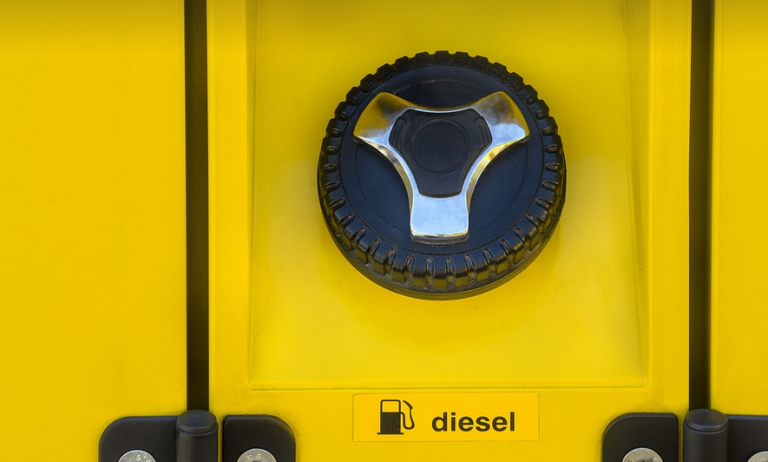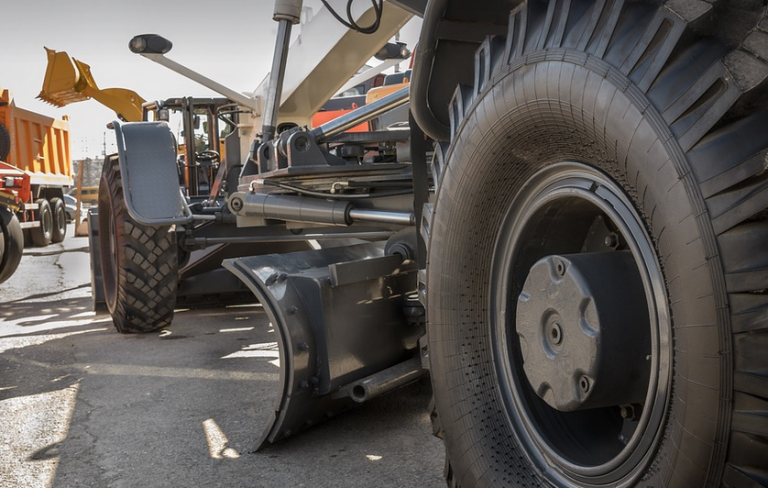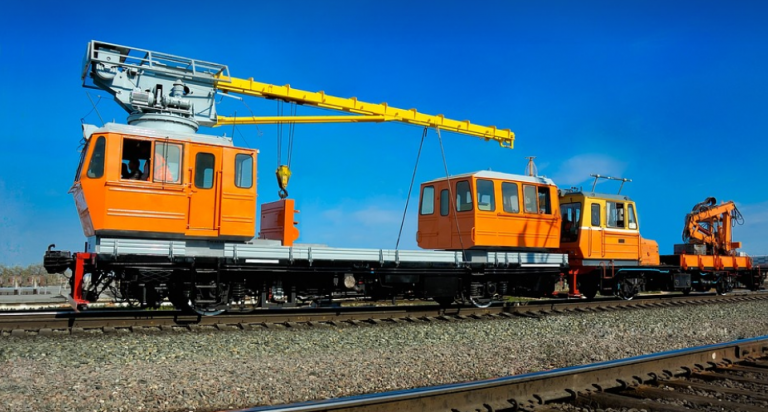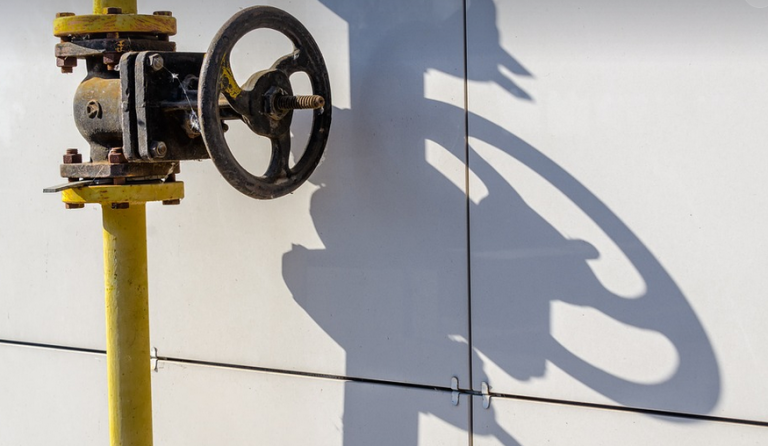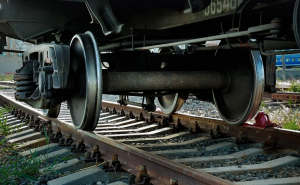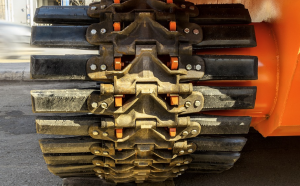Starting with the Basics
So, you’ve decided to dive into the world of MIG welding and are wondering where to begin? Well, grab a sturdy chair and let’s embark on this exciting journey. MIG welding, or Gas Metal Arc Welding, is a popular choice for beginners and professionals alike because of its versatility and ease of use. This guide provides a comprehensive introduction to MIG welding, covering everything from the fundamentals to advanced techniques.
Understanding the Basics: What is MIG Welding?
At its core, MIG welding uses a continuous wire electrode that melts and bonds metals together when it comes into contact with the work piece. Think of it like sewing two pieces of fabric using a needle and thread; the continuous wire acts as your “needle” in this case. This process creates strong, durable welds by transferring heat from the electrode to the workpiece.
MIG welding is known for its speed and efficiency, allowing you to create high-quality welds quickly. It’s perfect for projects like DIY repairs, fabricating metal structures, and even joining different metals like steel and aluminum.
There are three main components involved in MIG welding:
- **Power Source:** A MIG welder provides the electrical current to melt the electrode wire. It’s called a “power source” or “arc welder” for short, and it can vary in size depending on your project.
- **Wire Feed System:** This is responsible for feeding the continuous wire electrode into the welding process. The wire feed system often comes equipped with a speed control to adjust the travel speed of the wire
- **Protective Gas (Shielding Gas):** MIG welding uses shielding gas, like argon or CO2, which prevents oxidation and protects the weld pool from atmospheric contaminants.
Getting Started: Choosing Your Equipment
Before you begin your MIG welding adventure, you’ll need to invest in some essential gear. These are the core components for any beginner welder:
- **MIG Welder:** The heart of the operation! There’s a whole array of MIG welders available at varying price points and features.
- **Wire Electrode:** These come in different sizes and alloys, each designed for specific metals and thicknesses.
- **Shielding Gas:** This is crucial for preventing oxidation and ensuring proper weld quality. Argon gas is commonly used – it’s inert and provides excellent shielding.
- **Safety Gear:** Welding can produce sparks and intense heat, so always wear appropriate safety gear: welding gloves, eye protection, and a welding helmet with auto-darkening lenses (this will help protect your eyes from the arc).
Setting Up Your Workspace
A safe and organized workspace is essential for success in MIG welding. Here’s what you should do:
- **Choose a Well-Ventilated Area:** This will help prevent fumes from building up and posing health hazards.
- **Secure Your Workpiece:** Use clamps or other tools to hold your workpiece in place for better control during welding.
- **Have Clear Access:** Ensure you can move around the work area freely without any obstructions.
- **Learn about Arc Safety:** Understand how the arc can cause burns and electrical shocks.
- **Always Wear PPE:** This includes welding gloves, helmet with auto-darkening lenses, and a welding jacket (to protect you from sparks) to prevent injuries.
- **Keep Work Area Clean and Uncluttered:** This will reduce the risk of accidents. Ensure your workspace has cleared off any flammable material or liquids before starting work.
- **Arc Length Control:** The distance between the electrode tip and workpieces plays a crucial role in controlling the weld puddle depth and bead shape.
- **Wire Speed:** Adjusting the wire feed speed ensures a consistent and proper welding pattern on your material.
- **Spattering:** This occurs when molten metal splatter is ejected from the weld. It can be caused by incorrect wire feed speed, improper electrode angle of approach, or contamination in the filler wire.
- **Poor Weld Shape:** If the weld puddle doesn’t look like a “beach ball” shape (round and consistent), adjust your welding technique. Practice with slow speeds to ensure proper welding.
- **Incorrect Electrode Wire:** Always use the right wire for the project, or your welds may not be as strong.
Key Considerations: Safety First, Always!
MIG welding involves high amperages and intense heat, posing a potential safety hazard if not handled responsibly. Remember to prioritize your safety above all else throughout the process.
Mastering the MIG Welding Process
Now that you’ve got your equipment and safety set, let’s delve into the actual welding process. There are various techniques, but a few fundamentals will get you started:
Troubleshooting Common Problems
As you start experimenting with MIG welding, it’s likely that you may encounter some challenges along the way. Here are common problems and how to handle them:
Learning Resources: Expanding Your Knowledge
The MIG welding journey is exciting! If you want to continue learning and exploring the world of welding, there are some fantastic resources available:
* **YouTube:** A wealth of tutorials and demonstrations from experienced welders. Just search for “MIG welding tutorial” or “[specific metal] MIG welding.” * **Online Courses:** Many online platforms like Udemy offer comprehensive courses on MIG welding techniques and safety. * **Local Welding Schools:** These often provide hands-on learning in a safe environment, along with opportunities to connect with experienced instructors.
Conclusion: Embrace the Learning Curve
MIG welding is a rewarding skill that opens up endless possibilities for projects. Remember, practice makes perfect! Don’t be discouraged by minor challenges; embrace them as part of the learning process and enjoy exploring this world of artistry through metal.

